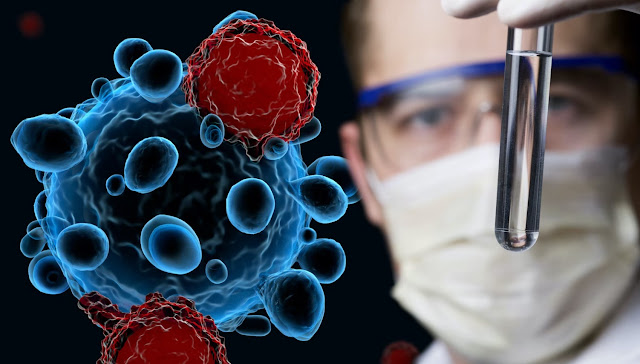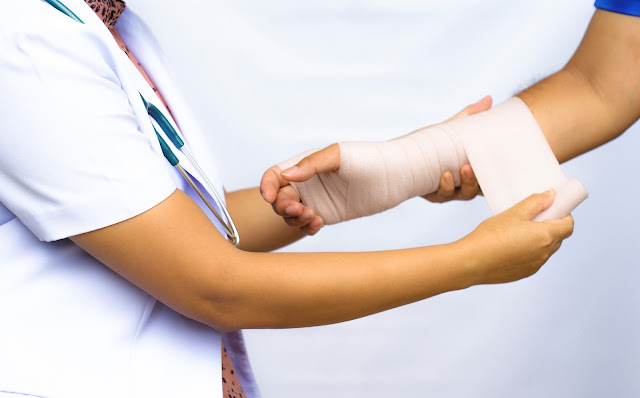Wound Care Involves The Treatment Of Wounds To Promote Healing, Prevent Infections
 |
| Wound Care |
Wound
Care
is a crucial aspect of healthcare that involves the management and treatment of
various types of wounds to promote healing, prevent infections, and minimize
complications. Wounds can result from a wide range of causes, such as injuries,
surgical procedures, burns, and chronic conditions like diabetes. Proper care
is essential to facilitate the body's natural healing processes and restore the
affected tissues to their optimal function.
The first step in care
is a thorough assessment of the wound by a qualified healthcare professional.
They evaluate the wound's size, depth, location, and the presence of any
foreign objects or debris. The assessment helps determine the appropriate
course of treatment and the potential risk of infection. Clean, sterile
equipment is used during this process to minimize the risk of contamination.
According
To Coherent Market Insights, The Global Wound Care Market Is Anticipated To Reach US$
22,343.1 Million In 2023 And Is Projected To Grow At A CAGR Of 5.30% From 2023
To 2030.
One of the primary
goals of Wound Care is to prevent
infection. Infection can lead to severe complications and delay the healing
process. Proper cleaning and irrigation of the wound are essential to remove
debris and bacteria. Depending on the wound's severity, the healthcare provider
may use saline solution or other antiseptic solutions to irrigate the wound
thoroughly. In some cases, debridement, the removal of dead or damaged tissue,
may be necessary to promote healing.
After cleaning the
wound, the healthcare provider may choose from a variety of dressings to cover
and protect the area. Dressings serve multiple purposes, such as maintaining a
moist environment, absorbing excess fluids, and preventing contamination. There
are different types of dressings available, including adhesive bandages, gauze,
hydrocolloids, and films, each suited for specific wound types.
In certain cases, wound
dressings may require specialized treatments like negative pressure wound
therapy (NPWT). NPWT involves applying controlled suction to the wound through
a sealed dressing, which promotes healing by removing excess fluid and
encouraging blood flow to the area.
Alongside proper Wound Care, preventing pressure ulcers
(bedsores) is crucial, especially for bedridden or immobile patients. Regular
repositioning, the use of supportive surfaces, and keeping the skin clean and
dry are essential measures to reduce the risk of pressure ulcers.
For chronic or
non-healing wounds, additional interventions may be required. These can include
the use of advanced wound dressings containing growth factors, skin
substitutes, or tissue-engineered products to promote tissue regeneration and
expedite healing.
Self-Care Medical Devices
are a range of intelligently designed medical tools and instruments that
prioritize ease of use, affordability, and accessibility, enabling individuals
to actively participate in their healthcare journey and make informed decisions
about their well-being.
Antibiotics may be
prescribed if a wound shows signs of infection or if the patient has specific
risk factors that increase the likelihood of infection. It is essential for
patients to follow healthcare provider instructions regarding Wound Care at home. This includes
changing dressings regularly, keeping the wound clean, and watching for signs
of infection such as increased redness, swelling, or discharge.


Comments
Post a Comment